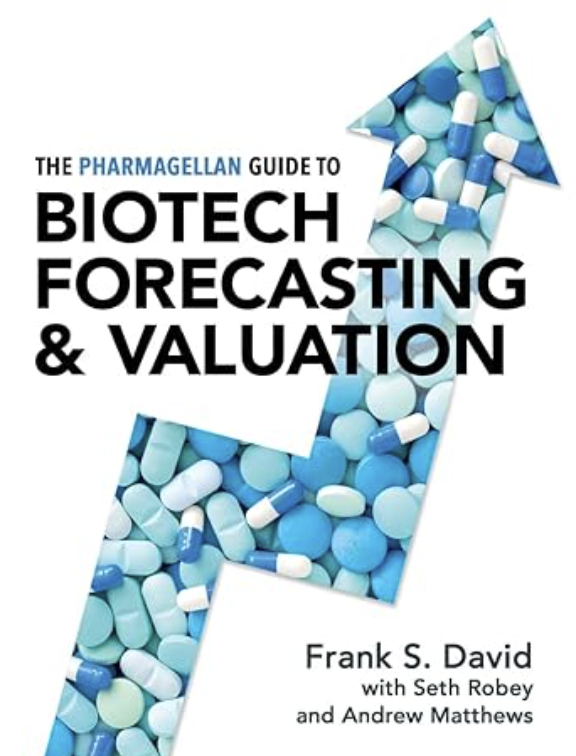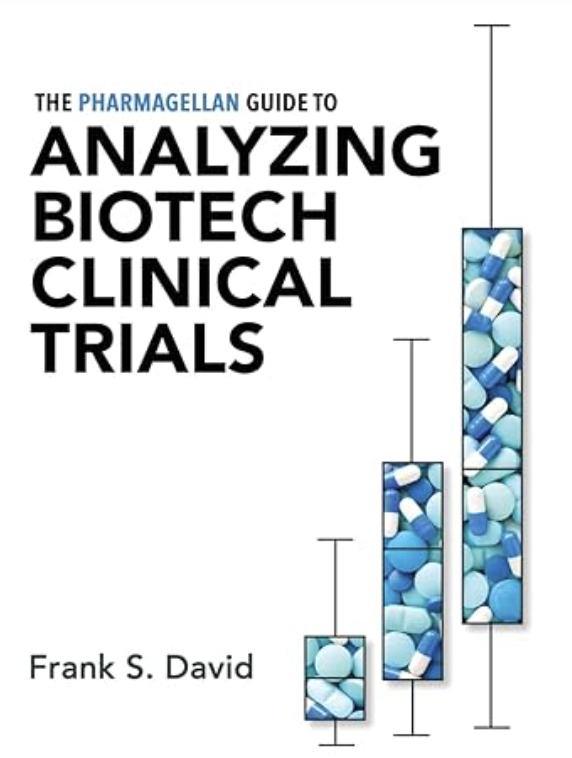
By Linda Nguyen, PhD MBA
The macromarket of the biotech and pharma industry has been quite volatile in the past three years so I sought to better understand the state of affairs and when the downturn will reverse course. Here are the key learnings:
Biotech Boom and COVID-Era Funding Went to Companies with Platforms
The sheer number and size of biotech and pharma deals peaked in February 2021 (SPDR S&P Biotech ETF $XBI: $166) and up until then, newcomers and less savvy investors put their money into companies with platform technologies and assets that were in discovery or pre-clinical development, resulting in larger financing rounds and inflating start up companies’ valuations. However, the long return of investment cycle for biotech companies (7-10 years+) compared to tech companies (a few years) soon became a deterrent and these investors pulled their money out of the biotech and pharma market.
Post-COVID Bubble, M&A Helps Return Finances Into Biotech and Pharma Market
With less money in the market post 2021 ($XBI: $96.26 as of March 12, 2024), there were (1) fewer large financing rounds for start ups and (2) fewer IPOs (85 biotech IPOs occurred in 2021 compared to 11 in 2022 and ~11 in 2023; Cowen, BMO Capital Markets IPO Database). However there has been almost as much M&A deal activity in 2023 as there was in 2019 ($162B deal value compared to $223B). The increased M&A activity signals the return of significant sums back to investors to be reinvested in the biotech and pharma market. VC firms and pharma companies sought to acquire smaller companies like Seagen ($43B deal size) and Cerevel ($8.7B deal size). Merck has been on a shopping spree as well, acquiring Caraway, Prometheus Biosciences, Harpoon Therapeutics, etc. all in 2023 and 2024 to diversity its portfolio (especially as its blockbuster Keytruda’s patent expires in 2028).
Funding is Trending Towards Companies with Clinical Validation
Reinvestment in the biotech and pharma markets have since moved from platform technologies pre-COVID to a focus on more de-risked assets (i.e. assets with more clinical validation and proof of concept at Phase II) arising from the platforms. Since fewer companies underwent IPOs after 2022 and 2023 than in 2021 (Cowen, BMO Capital Markets IPO Database), the companies took advantage of the time to mature and develop their assets to become more attractive to potential investors. This in turn resulted in external innovation and search and evaluation teams becoming quite busy as they worked to evaluate target companies’ assets’ (1) preclinical data to ensure they were consistent with their human clinical study data (i.e. they translated well), (2) demonstrated clinical efficacy, (3) were safe and (4) were comparable or superior to other marketed products.
The Focus on Obtaining Positive Clinical Data Forced Biotech Companies to Put Eggs in One Basket
With the bar collectively raising for firms to demonstrate clinical efficacy in their drug products, many companies have had to focus their cash run way on their most promising clinical stage asset(s) as clinical development costs could reach beyond $2.5B. This practice of streamlining portfolios to 1 asset is very risky considering the majority of drugs fail for any number of reasons before earning FDA approval and led to a large number of start up and biotech companies being restructured, merged, acquired, or declaring bankruptcy at the end of their cash runway or when their drug failed development.
Fewer IPOs, more M&As and increased diverting of resources to clinical stage drugs also led to layoffs affecting research and development departments the most, and increased reliance on contract research organizations or collaborations with partners to diversify discovery assets in their portfolios.
What Lies Ahead: The Biotech and Pharma Market is Primed for Investment
It’s unclear when the market will correct itself to pre-pandemic levels, but we’re already seeing quite a few deals announced at JPM in January, IPOs of start up companies this year and big pharma is poised to take advantage of the fire sale of assets and companies in trouble so that money goes back into R&D and diversifying portfolios.
Further, it will be interesting to observe how the GLP-1R agonist obesity market expands in the coming years as multiple products have been recently approved (i.e. semaglutide and tirzepatide) and is predicted to grow to $100B+ by 2030.
I’m looking forward to seeing more deals closing for assets with good, translatable science for underserved patient populations and safe, efficacious medicines, especially in the neuro space, being approved eventually to help patients.
This publication is not intended to provide investment advice. Please consult with your financial advisor before making changes to your portfolio. This piece represents my opinion and not that of my employer. I may earn a small commission when you purchase through links found on this site. Thank you so much for your support!

